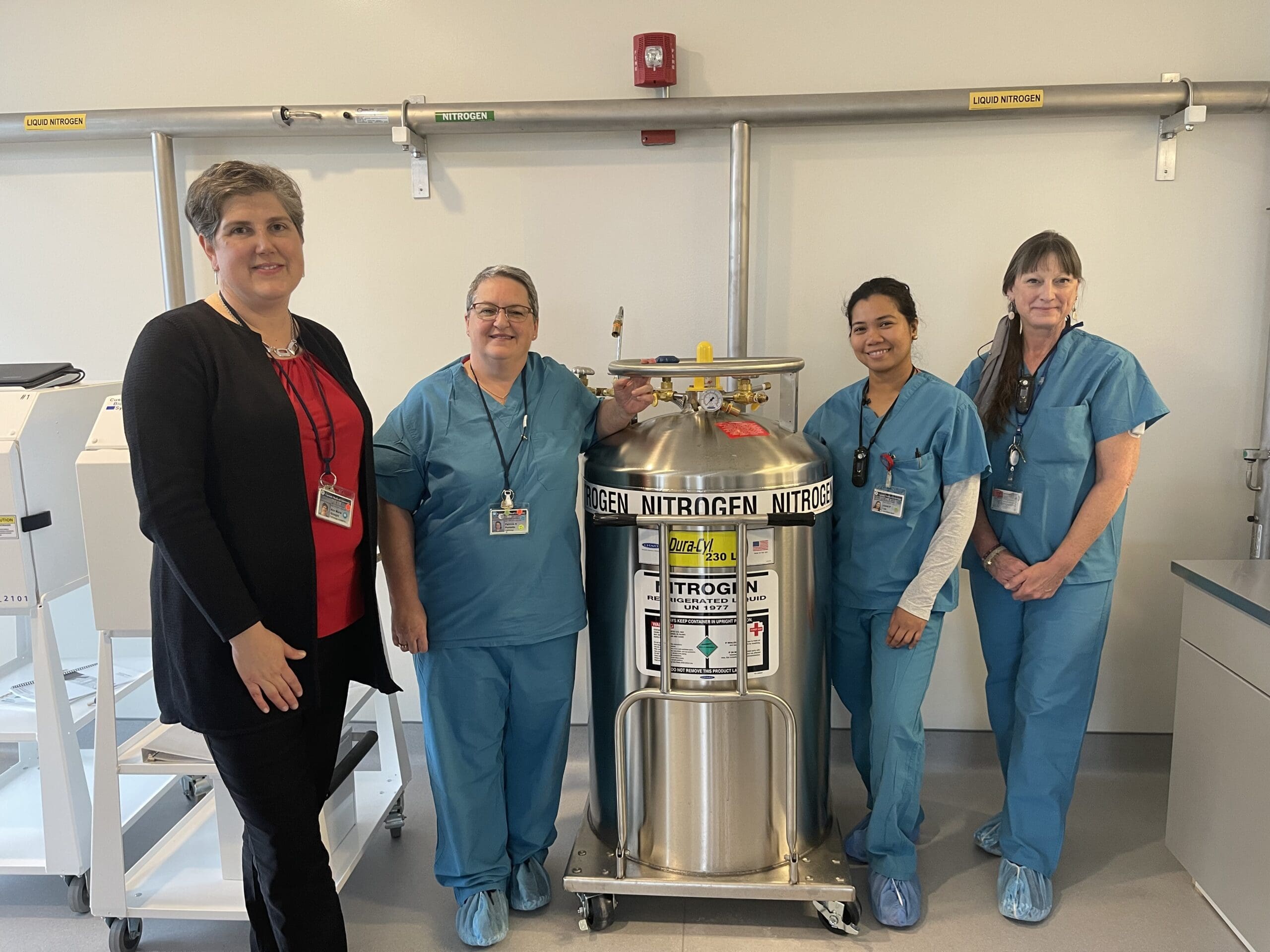Tips for a Healthy Heart
By Dr. Michael Fischi
It’s important for all of us to know our numbers. Which numbers, you ask? Certain numbers relate to our cardiovascular well-being, such as blood pressure, cholesterol levels, glucose and waistline. Here are a few.
Age: Is it just a number?
I recently had the privilege of attending Ruth Colvin’s centennial birthday celebration. Ruth is the founder of Literacy Volunteers of America, and recipient of too many honors to mention. Reaching that age in her fine condition is no accident.
Advancing age is a risk factor for just about any physical malady imaginable. Clearly, we can’t turn back time, so we must be aware of the increased importance of preventative measures as we age.
Ruth is blessed with exceptional genetics, but does her part to exercise regularly — you may see her on the golf course in the summer — and integrate light weight training into her routine. She also credits special dispensation from above.
Blood pressure
An ideal blood pressure is 120/80. The top number represents the pressure generated during contraction of the heart. The bottom number represents the pressure when the heart is relaxing and filling.
Blood pressure numbers are due to a combination of age, genetics, weight, physical condition, blood vessel compliance, salt intake and hormonal influences. Chronically elevated blood pressure — hypertension — can contribute to cardiovascular diseases.
One of the most modifiable factors contributing to hypertension is salt intake. Most Americans consume about 3,400 milligrams of salt daily. The American Heart Association recommends 1,500 milligrams.
Also, weight plays an important role. Getting closer to your ideal body weight can potentially reduce blood pressure.
Our blood pressure naturally tends to rise as we age because blood vessels become harder. It’s important to have hypertension treated with medication if it can’t be accomplished through lifestyle modifications. Often both are necessary.
Cholesterol
Our cholesterol measurement is made up of triglycerides, low-density lipids and high-density lipids.
Low-density lipids are produced naturally by the liver, and are important components to certain cells in the body. But when these levels get too high, they can accumulate in the arteries and form plaque that restricts blood flow or causes heart attacks or strokes. These levels are affected strongly by genetics, and also by weight, diet and diabetes.
High-density lipids are good cholesterol and act like a sponge to soak up bad cholesterol in arteries. They are also heavily influenced by genetics, but can be impacted through diet and exercise, as well as judicious alcohol consumption. The latter in excess contributes to a pro-inflammatory state.
Management of cholesterol levels can be complicated and often needs to be individualized. It’s best discussed with your physician.
Fasting blood sugar less than 100 mg/dL
If you’re at risk for diabetes, or notice symptoms such as frequent urination, sweet-smelling urine, fatigue or feeling thirsty very often, this number is worth knowing.
Most Americans consume far more sugar than necessary to meet daily energy needs. The average American consumes 22 teaspoons of sugar daily; the AHA only recommends six teaspoons a day. We can reduce elevated blood glucose levels by avoiding sugary sodas and drinks, and eating foods with no added sugar.
And least favorite for last: The Waistline
Many people use BMI as the standard for the ideal weight to height ratio. This has been contested; it doesn’t take into account muscle mass or skeletal structure. Many health care professionals believe the waistline is a more reliable marker of ideal weight.
Belly fat is the worst kind of fat. You’ve heard the pear shape is preferable to the apple. This is because abdominal fat is indicative of visceral — internal organ — fat. A waistline greater than 34 inches on a woman is suggestive of obesity.
Knowing our numbers can help us to live longer, healthier lives! SWM
Dr. Michael Fischi is the president of the American Heart Association/American Stroke Association advisory board in Syracuse. He is also a cardiologist with St. Joseph’s Health.





